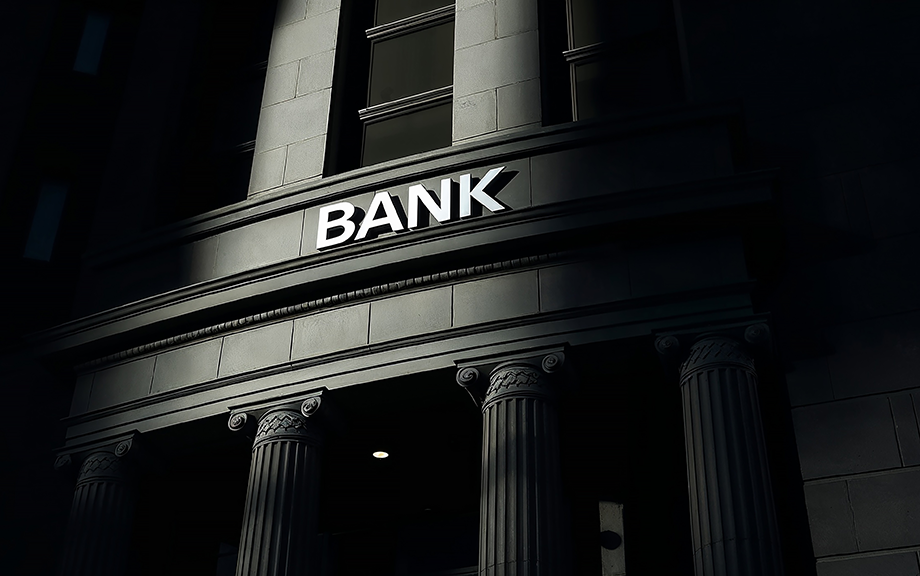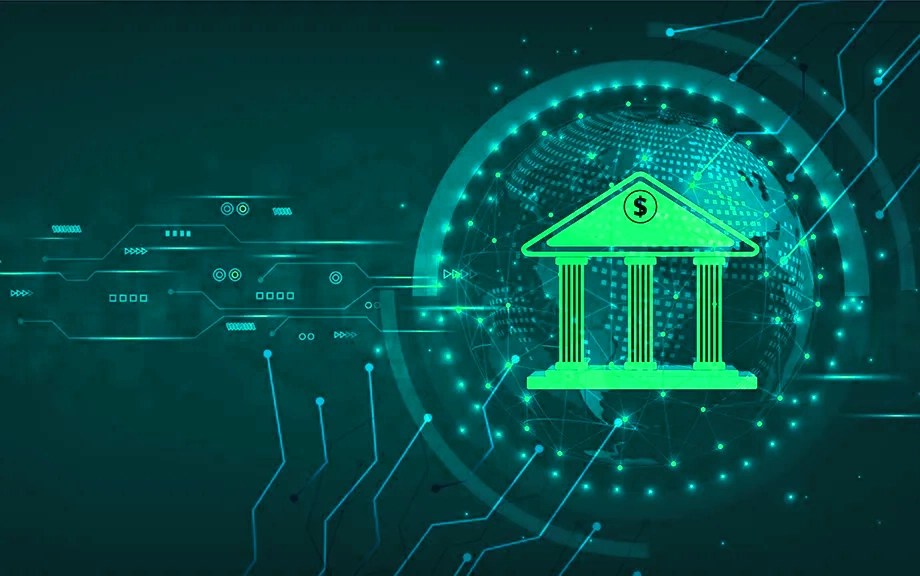How Shadow Banking Reshapes the Optimal Mix of Regulation

Decisions that are privately optimal often impose externalities on other agents, giving rise to regulations aimed at implementing socially optimal outcomes. In the banking industry, regulations are particularly heavy, plausibly reflecting a view by regulators that the relevant externalities could culminate in financial crises and destabilize the broader economy. Over time, the toolkit for regulating banks and bank-like institutions has expanded, as has banks’ restructuring of activities into shadow banking to lessen the regulatory burden. This post, based on our recent Staff Report, explores the optimal mix of prudential tools for bank regulators in a wide range of environments.
Who Lends to Households and Firms?

The financial sector in the U.S. economy is deeply interconnected. In our previous post, we showed that incorporating information about this network of financial claims leads to a substantial reassessment of which financial sectors are ultimately financing the lending to the real sector as a whole (households plus nonfinancial firms). In this post, we delve deeper into the differences between the composition of lending to households and nonfinancial firms in terms of direct lending as well as the patterns of “adjusted lending” that we compute by accounting for the network of claims financial subsectors have on each other.
Financial Intermediaries and the Changing Risk Sensitivity of Global Liquidity Flows

Global risk conditions, along with monetary policy in major advanced economies, have historically been major drivers of cross-border capital flows and the global financial cycle. So what happens to these flows when risk sentiment changes? In this post, we examine how the sensitivity to risk of global financial flows changed following the global financial crisis (GFC). We find that while the risk sensitivity of cross-border bank loans (CBL) was lower following the GFC, that of international debt securities (IDS) remained the same as before the GFC. Moreover, the changes in risk sensitivities of these flows were related to balance sheet constraints of financial institutions that were intermediating these flows.
Nonbanks and Banks: Alone or Together?

Nonbank financial institutions (NBFIs) constitute a variety of entities—fintech companies, mutual funds, hedge funds, insurance companies, private debt providers, special purpose vehicles, among others—that have become important providers of financial intermediation services worldwide. But what is the essence of nonbank financial intermediation? Does it have any inherent advantages, and how does it interact with that performed by banks? In this Liberty Street Economics post, which is based on our recent staff report, we provide a model-based survey of recent literature on nonbank intermediation, with an emphasis on how it competes, or cooperates, with traditional banks.
Who Finances Real Sector Lenders?

The modern financial system is complex, with funding flowing not just from the financial sector to the real sector but within the financial sector through an intricate network of financial claims. While much of our work focuses on understanding the end result of these flows—credit provided to the real sector—we explore in this post how accounting for interlinkages across the financial sector changes our perception of who finances credit to the real sector.
Are Nonbank Financial Institutions Systemic?

Recent events have heightened awareness of systemic risk stemming from nonbank financial sectors. For example, during the COVID-19 pandemic, liquidity demand from nonbank financial entities caused a “dash for cash” in financial markets that required government support. In this post, we provide a quantitative assessment of systemic risk in the nonbank sectors. Even though these sectors have heterogeneous business models, ranging from insurance to trading and asset management, we find that their systemic risk has common variation, and this commonality has increased over time. Moreover, nonbank sectors tend to become more systemic when banking sector systemic risk increases.
The Disparate Outcomes of Bank‑ and Nonbank‑Financed Private Credit Expansions

Long-run trends in increased access to credit are thought to improve real activity. However, “rapid” credit expansions do not always end well and have been shown in the academic literature to predict adverse real outcomes such as lower GDP growth and an increased likelihood of crises. Given these financial stability considerations associated with rapid credit expansions, being able to distinguish in real time “good booms” from “bad booms” is of crucial interest for policymakers. While the recent literature has focused on understanding how the composition of borrowers helps distinguish good and bad booms, in this post we investigate how the composition of lending during a credit expansion matters for subsequent real outcomes.













 RSS Feed
RSS Feed Follow Liberty Street Economics
Follow Liberty Street Economics